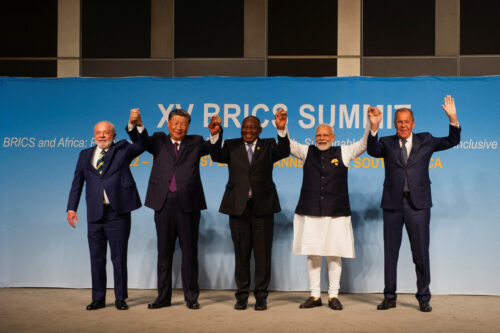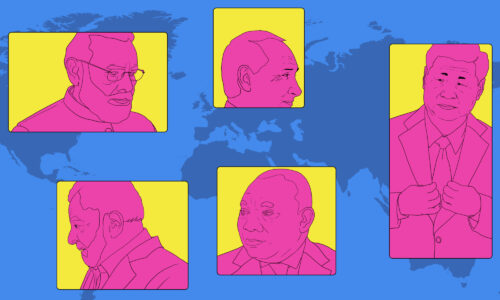‘The Chinese leadership has miscalculated’: Deepa Ollapally on the India-China border conflict
Chinese leadership may have miscalculated in its border antics and pushed India to do the one thing Beijing has tried to keep it from doing for many years — move closer to the United States.

Deepa Ollapally, professor of international affairs at George Washington University, joined The China Project today for an online event about the India-China border conflict. She pointed out several important matters of context, and made an initial assessment of what the longer-term implications of the border clash could be.
On the other border disagreements: Beyond the Galwan Valley at the heart of the current dispute, and the Bhutan-China border — which was at the root of the 2017 conflict — India has strong sensitivities about other regions:
- Tibet, which “historically has been one of the key flashpoints.” China continues to claim parts of the Indian-administered state of Arunachal Pradesh as South Tibet. Some people inside India continue to look back and think that the country was too quick to recognize Chinese sovereignty over any part of Tibet.
- Disputed Kashmir, which parts of China’s Belt and Road run straight through.
“None of [India’s] neighbors want to make a clear-cut choice” between India and China right now, Ollapally emphasized. While Sri Lanka and Pakistan are obviously closer to China, two countries have notably moved to the middle in recent years:
- Nepal, which used to be one of India’s closest friends, is now ruled by a Communist Party, which has brought the country closer to China.
- Myanmar was in the past closer to China, but is now much more skeptical.
“The Chinese leadership has miscalculated here,” Ollapally said, because India has long valued its “strategic autonomy,” and would not have seriously considered becoming closer to the U.S. without a conflict as large as this. While India currently continues to resist internationalizing its various disputes with neighbors, “looking ahead, it’s a different story,” Ollapally says.
Two contrasting perspectives worth reading:
- “I think little will actually change in the long-term,” writes MIT professor Vipin Narang in a Twitter thread. Narang points out that India was already on a path toward closer political relations with the U.S. but continues to rely on China economically.
- “Driving India into U.S. arms is a risk China is willing to take,” Shashi Tharoor, a Member of the Indian Parliament, writes in the South China Morning Post. Tharoor describes the Galwan Valley clash as a “salami-slicing” technique where China can “take a few square kilometers of territory for local tactical purposes, and then declare peace,” and interprets Beijing’s “long-term plan” to be:
Beijing keeps saying the border should be left to future generations to settle, knowing full well that each passing year increases China’s relative economic, military and geopolitical strength vis-à-vis India. In the meantime, border incidents keep the Indians off balance and demonstrate to the world that India is not capable of challenging China, let alone offering security to other nations.
More China-India news:
“Chinese soldiers received only ‘light injuries’ during the skirmish with Indian soldiers,” according to three sources anonymously cited in the SCMP.
“Authorities in India are hitting pause on more than $600 million in deals with Chinese companies,” CNN reports. “Officials in the western Indian state of Maharashtra said Monday that they were reviewing agreements with three Chinese companies as they seek clarity from the Indian government on how — or whether — to proceed… The largest business deal at risk in Maharashtra is with Chinese automaker Great Wall Motors, which had agreed to a partnership worth nearly $500 million.”
“India has amended rules for purchases by government departments, making it mandatory for suppliers to mention the country of origin in a move to push for local products and keep out Chinese manufacturers,” Bloomberg reports (porous paywall).






